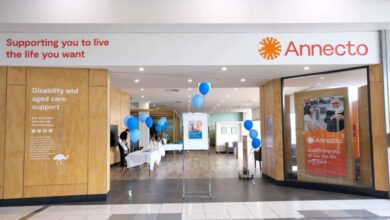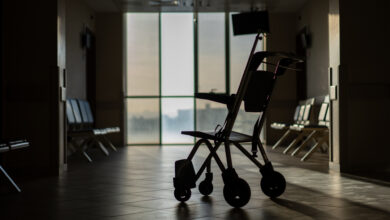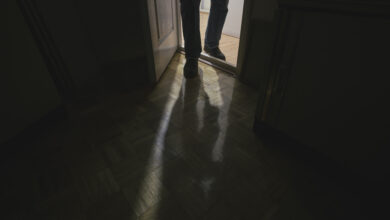A time and a place
While there is a place for simulated learning in midwifery education, it cannot replace clinical practice, writes Fiona Bogossian.
In 2006, the Council of Australian Governments committed to a national health workforce reform package. In 2010, Health Workforce Australia (HWA) was established to facilitate reforms across the health and education sectors, including building and operating Simulated Learning Environments (SLEs).
The SLE National Project, managed by HWA, is divided into five phases, Phase 2 of which ‘identifying and sourcing SLE curriculum’, was undertaken in the latter part of 2010 across an initial range of nine disciplines including nursing and midwifery
A consortium comprising lead academics from The University of Queensland School of Nursing and Midwifery (UQ SoNM) and Monash University School of Nursing and Midwifery (MU SoNM) completed Phase 2 for the discipline of midwifery. The project gathered information using a systematic literature review, focus groups with academics in accredited midwifery schools, and an electronic survey of accredited schools. Our findings, which may be equally applicable across the discipline of nursing, indicate that simulation is used extensively in undergraduate education to teach both technical and non-technical skills.
Published literature shows simulated learning in midwifery education has advantages over didactic approaches, beneficially impacts education and clinical outcomes, and enhances non-technical skills, confidence and competence. Simulation learning is essential in areas of infrequent clinical practice, such as obstetric emergencies. However, while simulated learning environments may reduce time to achieve competency, there is no evidence from the literature that simulation should replace clinical practice.
Focus groups found simulation offers opportunities to develop competent midwives, and is already widely used in midwifery education. However, current simulation use is limited by lack of realism in models and manikins. Further, focus groups identified many aspects of midwifery that may be impossible to simulate, including midwife-mother relationships, holistic care that views a woman in her wider context, and, critically, the long observation periods typical of midwifery care. Focus groups also emphasised the lack of adequate resourcing for simulated learning, both in availability and accessibility of equipment and the human resources required to develop and run simulation activities.
The survey of midwifery programs achieved an 82 per cent response rate. Results show simulation is already used in Australian midwifery programs to teach a wide range of technical and non-technical skills. The proportion of curricula involving simulation varied from 2.0 – 16.7 per cent, and the amount and type of simulation used varies with program type and skill being taught. Major challenges relate to resourcing the development and ongoing use of simulated learning environments (time, venues, cost and expertise), and appropriateness of simulation equipment.
Increased use of simulation in midwifery education would require addressing the resourcing issues, and consideration of clinical placement hour requirements for accreditation. However, simulation may not significantly reduce current clinical placement time requirements; learners need to be immersed in the clinical setting to learn to be with a woman giving birth.
The information shows that simulated learning environments do have positive educational outcomes and are already widely used, but with significant resourcing issues. Providing resources to improve the quality of existing simulations and support schools developing new simulation resources could increase confidence in using simulation and may improve clinical capacity.
Furthermore the identification of shared technical and non-technical skills across disciplines may provide opportunities for inter professional education and enhance economies of scale.
Associate Professor Fiona Bogossian is a registered nurse and midwife and current Director of Research at the UQ School of Nursing and Midwifery.
Email: [email protected]





